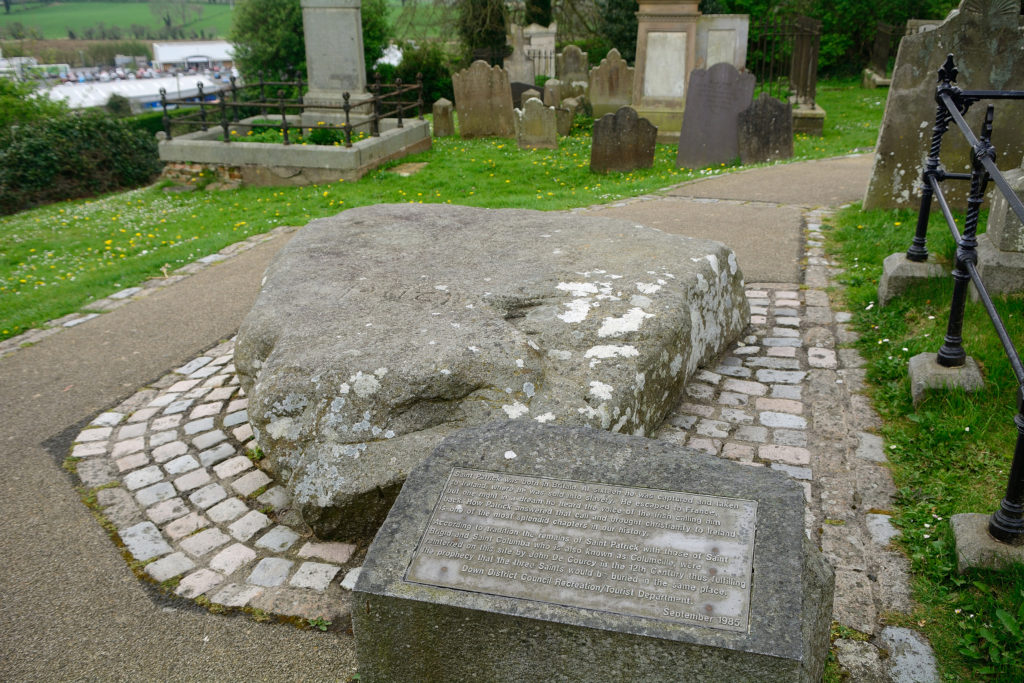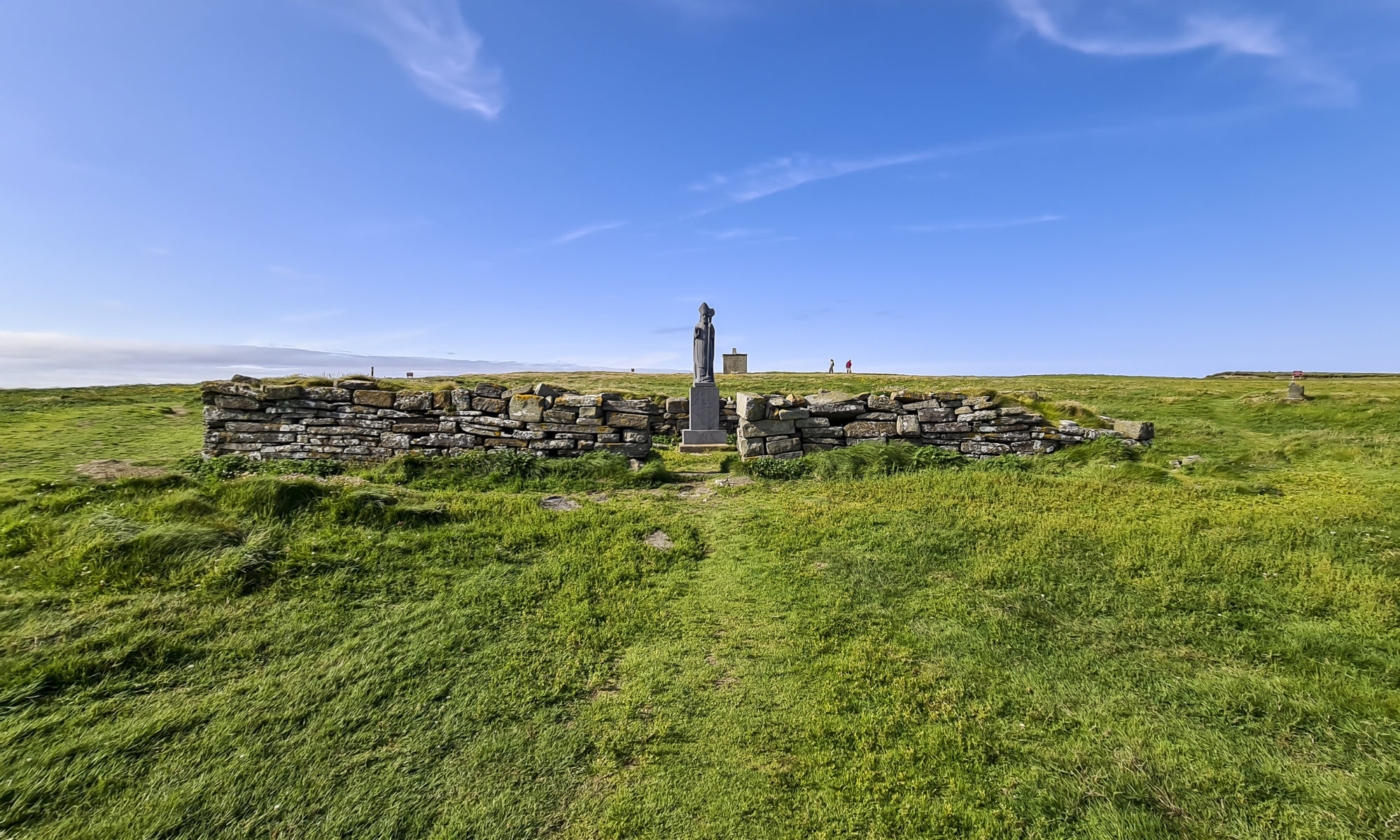The Life of St. Patrick by Muirchu goes on to tell about the first person that St. Patrick baptized in Ireland. That person was a man named Dichu, a pig keeper. After baptizing Dichu, St. Patrick set out for his former master’s house, where he had been enslaved. He wanted to baptize the master who had enslaved him. But before Patrick got there, someone told the slave master something to the effect that Patrick had now returned to become his master. The slave master was so infatuated with the devil that he gathered all his possessions around him in his house, and set fire to it all, rather than let Patrick become his master. He committed suicide.
St. Patrick’s Prophecy
Patrick arrived in time to see the slave master’s house burning, but too late to save him. He looked at the burning house and just cried for a while. He left a prophecy from God about the slave master’s family, namely, that this man’s sons would not rule over others, but rather, would be subject to others, from generation to generation forever.
“I do not know, God knows.” Patrick repeated several times, meaning, “It was never a curse. It is a prophecy from God.” For Christians, suicide is one of the most serious sins and a terrible temptation from the devil. The slave master rejected God’s salvation, was tempted by the devil, and chose death rather than humility, or than the giving of his worldly wealth to anyone.
I believe that this legend, though adapted, could possibly have been true. It is not a common miracle story. It is more realistic than most legends, in that Patrick, who was trying to bring salvation, was just crying, and the slave master’s family received a prophecy of a dark future from God. What happened to that family afterwards is unknown. However, the fact that there are no further stories of miracles or other subsequent events makes me think that it is highly likely that they met an unfortunate end, as St. Patrick foretold.
St. Patrick’s grave

St. Patrick’s grave is in Downpatrick, Northern Ireland. Legend has it that before Patrick died, he left a wish about where his body should be buried.
He instructed the people (so the legend says) that, when he died and his body was in its coffin, they should put the coffin on an oxcart, and then let the ox pull the cart wherever it wanted to go. Wherever the ox stopped, that is where Patrick was to be buried. The people followed Patrick’s wish, and the ox pulled the cart to the top of a hill, where, accordingly, Patrick was buried. A stone was set up to mark the spot, and it soon became a popular site for pilgrimages.
Later, in the twelfth century, St. Patrick’s relics were moved to the Church of the Holy Trinity (Down Cathedral Church), where they remain today, together with those of St. Bridget and St. Columba. The hill, however, remains a major pilgrimage site.
However, the traditional story that St. Patrick’s relics are now in Down Cathedral seems to be only legend: according to E. Sellner, no one knows where he was buried.
Seeing (online) the tomb of St. Patrick, I was reminded of the gravestones at the small but historic St. Patrick’s Church (which is now closed) in a certain town I once visited. There were several graves in the back of that church. Being a history buff, one day I went to see the graves out of curiosity. I found out that the graves belonged to the past priests of the church, and among them was the grave of a young priest who died when he was in his 30s. Since he was in his 30s, I wondered what life had been like for him; it must have been hard to accept death at such a young age. I am sure that, like St. Patrick, he left his hometown, followed God’s will, and became one of the unknown saints.
St. Patrick’s Feast Day during Lent
Every year, when the Feast of St. Patrick comes around, which means that Lent will be over in a few weeks, I am encouraged—mainly for the not very spiritual reason that I refrain from sweets as much as possible during Lent, and I want to eat as much sweet food as I can on Easter.
During Lent, the feast days are purposely kept few (in the Novus Ordo calendar). Reflecting on the life of St. Patrick, a life of continuous hardship, I feel that he is a saint suitable for the Lenten season. Someday, I would like to visit the places in Ireland related to St. Patrick, and attend Mass there.
Image: Saint Patrick statue in Downpatrick
Source for the life of Patrick: Davies, Oliver: Celtic Spirituality. PaulistPress, 1999.
Source for St. Patrick’s burial place: Sellner, Edward: Wisdom of the Celtic Saints. Ave Maria Press, 1993.

